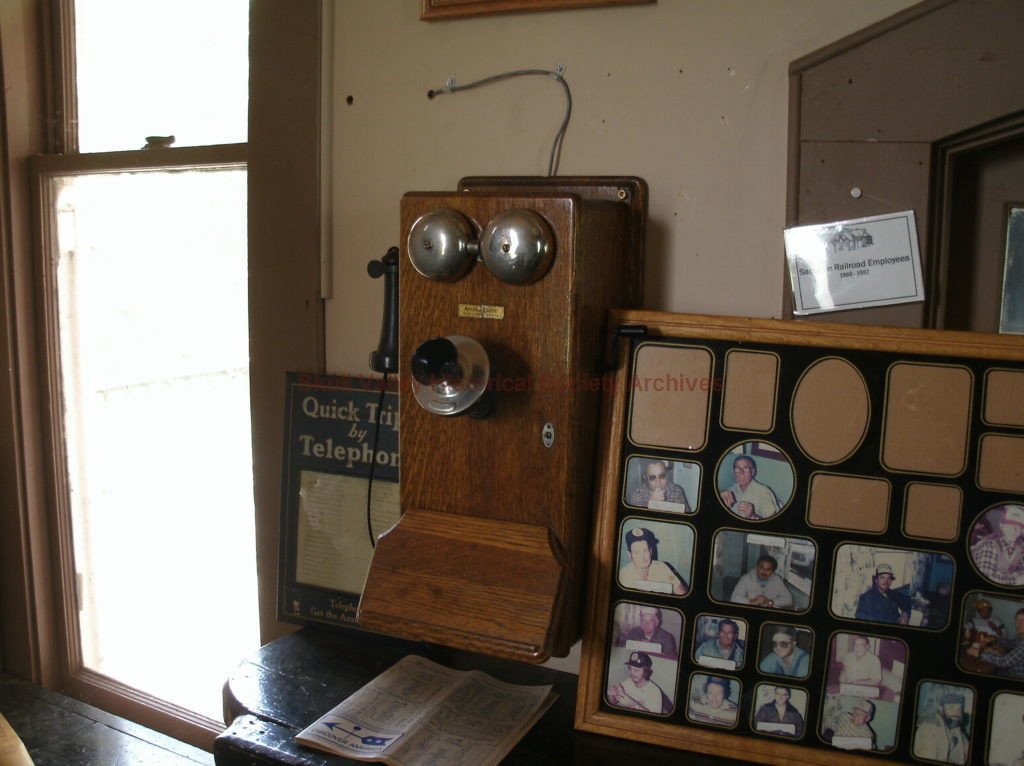
Early telephones were technically diverse. Some used liquid transmitters which soon went out of use. Some were dynamic: their diaphragms vibrated a coil of wire in the field of a permanent magnet or vice versa. Such sound-powered telephones survived in small numbers through the 20th century in military and maritime applications where the ability to create its own electrical power was crucial.
Most, however, used Edison/Berliner carbon transmitters, which were much louder than the other kinds, even though they required induction coils, actually acting as impedance matching transformers to make it compatible to the line impedance. The Edison patents kept the Bell monopoly viable into the 20th century, by which time telephone networks were more important than the instrument.
Early telephones were locally powered, using a dynamic transmitter or else powering the transmitter with a local battery. One of the jobs of outside plant personnel was to visit each telephone periodically to inspect the battery. During the 20th century, “common battery” operation came to dominate, powered by “talk battery” from the telephone exchange over the same wires that carried the voice signals. Late in the century, wireless handsets brought a revival of local battery power.
The earliest telephones had only one wire for both transmitting and receiving of audio, and used a ground return path, as was found in telegraph systems. The earliest dynamic telephones also had only one opening for sound, and the user alternately listened and spoke (rather, shouted) into the same hole. Sometimes the instruments were operated in pairs at each end, making conversation more convenient but also more expensive.
